FORT LEE, Va. (Dec. 15, 2010) - The new training ground resembles an all-terrain vehicle park with roads winding back and forth across the landscape lined with old cars and broken equipment. Strategically placed mud and water mire pits are scattered throughout the training area, affording students an opportunity to practice recovery in almost any situation.
Here at the Ordnance School's new Vehicle Recovery Training Center, classes range from understanding how to turn over flipped vehicles to mathematics that help determine the suction of a vehicle immersed in either water or mud. The center has the ability to train more than 2,000 students yearly in the areas of wheeled and tracked vehicle recovery, maintenance and rigging.
Military personnel ranging from privates to senior commanders utilize the new facility that was completed earlier this year. Located off of River Road across from the Federal Prison Complex, the center utilizes more than 200 acres to train advanced skills on multiple vehicles in a variety of different scenarios.
Recovery Training Schools were moved from Aberdeen Proving Ground, Md., and Fort Jackson, S.C. between May and August. This move provided many advantages and increased the skills of Soldiers being sent to the operating forces.
"Bringing all the locations and training to this new facility has been great," said Cecil Caldwell, recovery division chief. "It has alleviated some of the problems we had before with variations in our training among locations and given us the ability to train more realistically."
The training conducted here is some of the most rigorous in the Training and Doctrine Command as almost the entire course is considered hands-on.
"I've been on both sides of the fence with TRADOC, training AIT (Advanced Individual Training) students and now ASI (Advanced Skill Identifiers)," said Caldwell. "AIT students are mainly taught the skills to perform tasks and given information they can use later. Here, it is more application and the ASI students perform the tasks fully.
"They go through everything from understanding how to do the mathematics behind the mire pits, resistance, hooking up and towing vehicles as well as getting equipment out of certain situations," continued Caldwell. "It's almost entirely hands-on training and the students love it."
Caldwell said that in order to accomplish the extensive vehicle training, the facility utilizes 36 wreckers, 16 M88 all-weather armored recovery vehicles, 15 support vehicles and four new Stryker recovery systems. The center has also created eight mud and water mire pits, eight areas to practice recovering overturned vehicles, a towing area and a steep incline training ramp for students to build confidence pulling vehicles up and down hills.
The center is less than a year old, but plans are already underway to add more realistic and environmentally specific training. Improvements such as road barriers and steep incline turnovers that are typically found in Afghanistan are just a few examples.
"Part of my job is to look at the Army's needs and determine what our Soldiers are facing in the real world. Then we try to replicate it here at the school," said Caldwell. "In the near future, we are looking at adding MRAP [Mine Resistant Ambush Protected Vehicle] and Stryker recovery using a new piece of equipment called the Interim Stryker Recovery System.
"We are also planning to show our basic officer course students how to do self recovery and add more training that is specific to Afghanistan," continued Caldwell. "This will include narrow roads, hill side and steep terrain recovery techniques, and other relevant training geared toward the environments our Soldiers are currently dealing with."
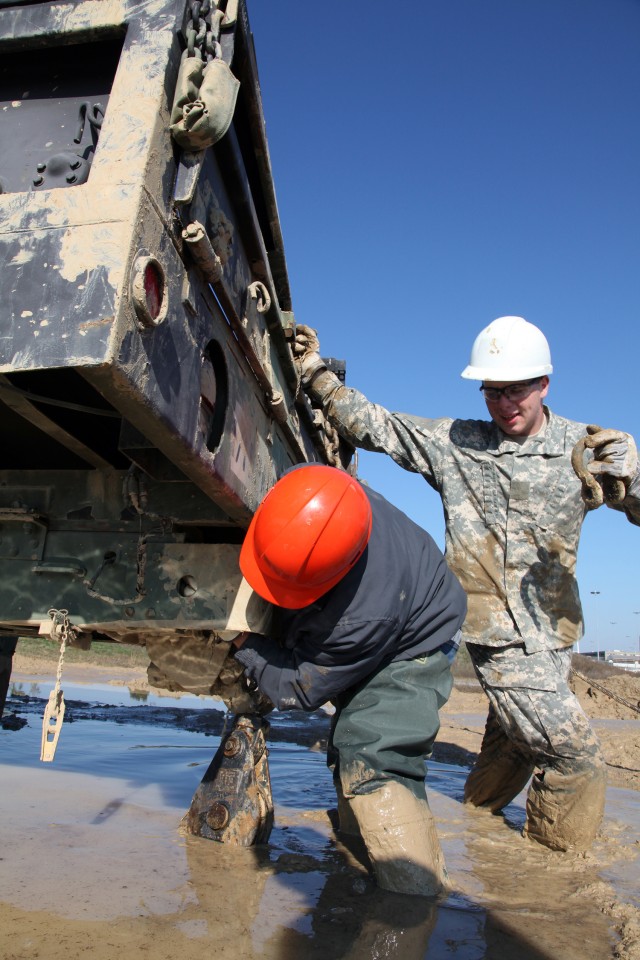
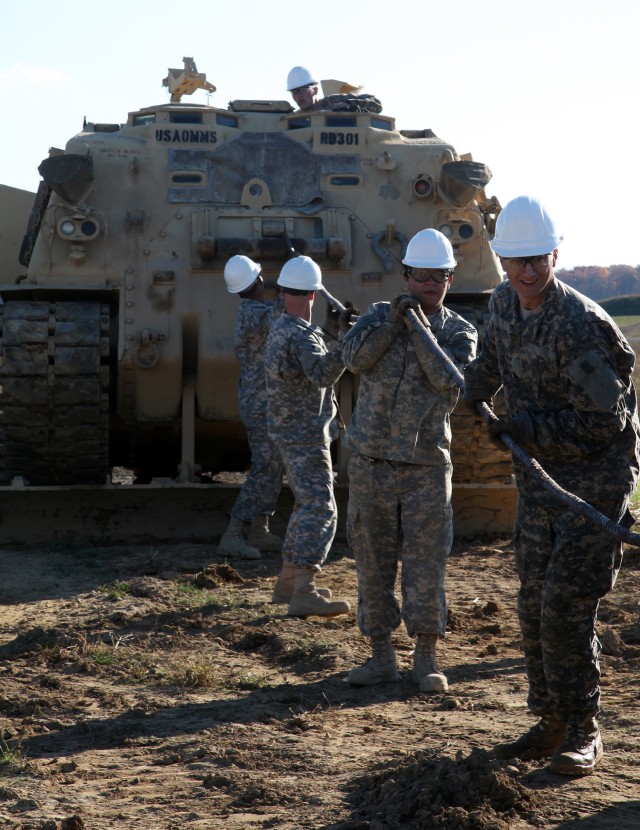
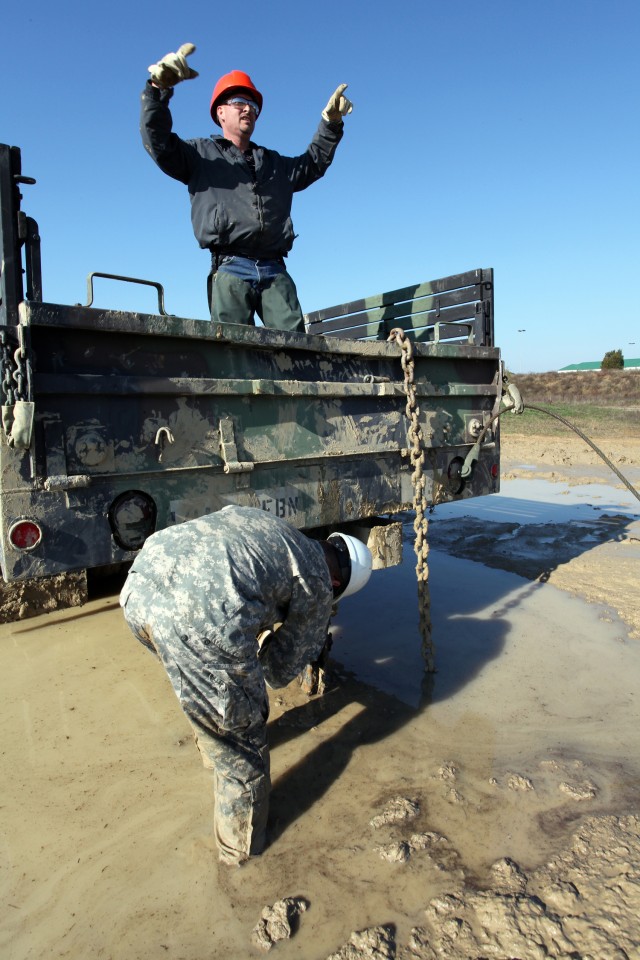
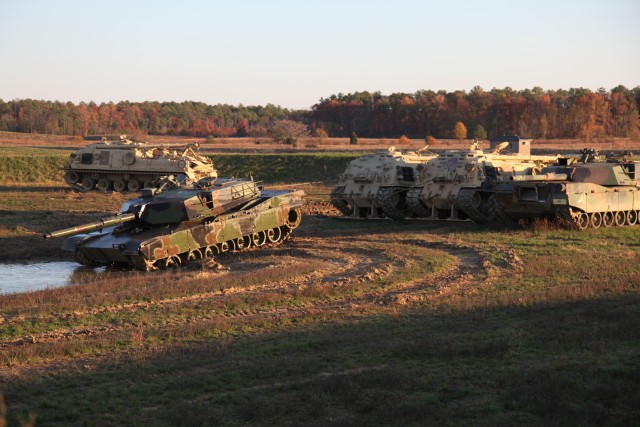
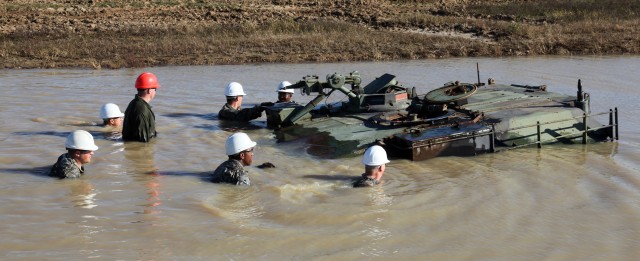
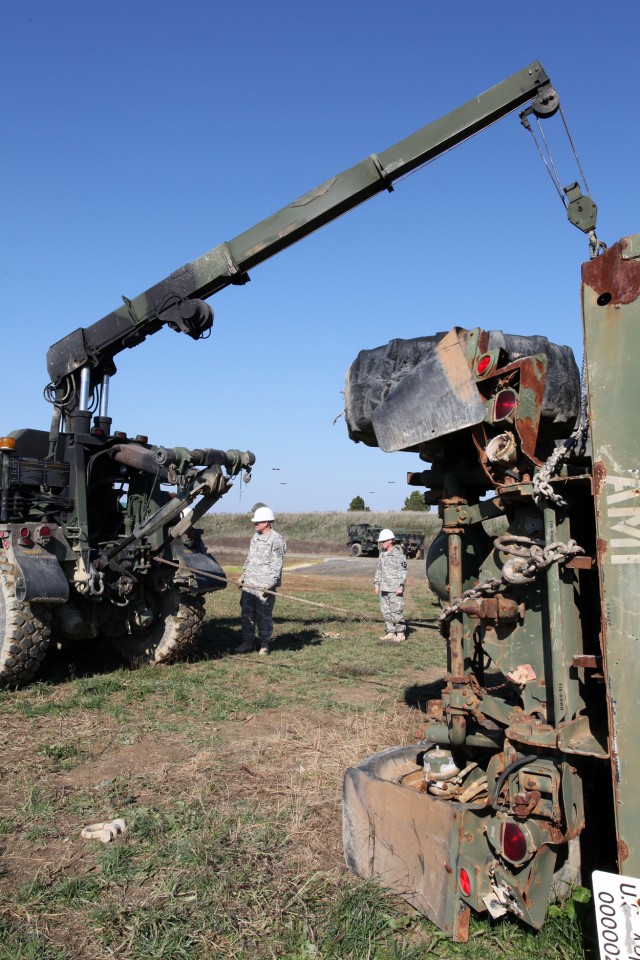

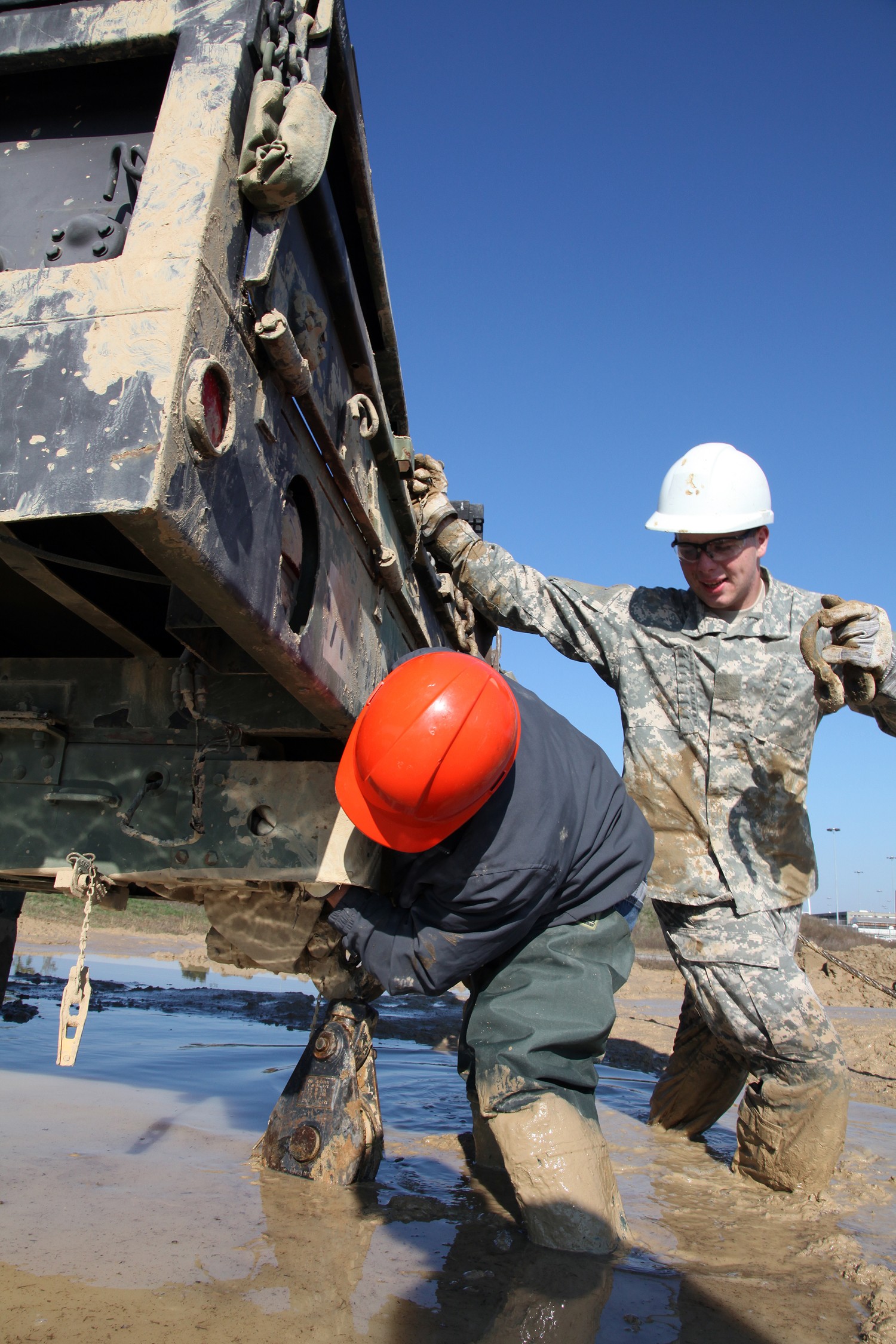

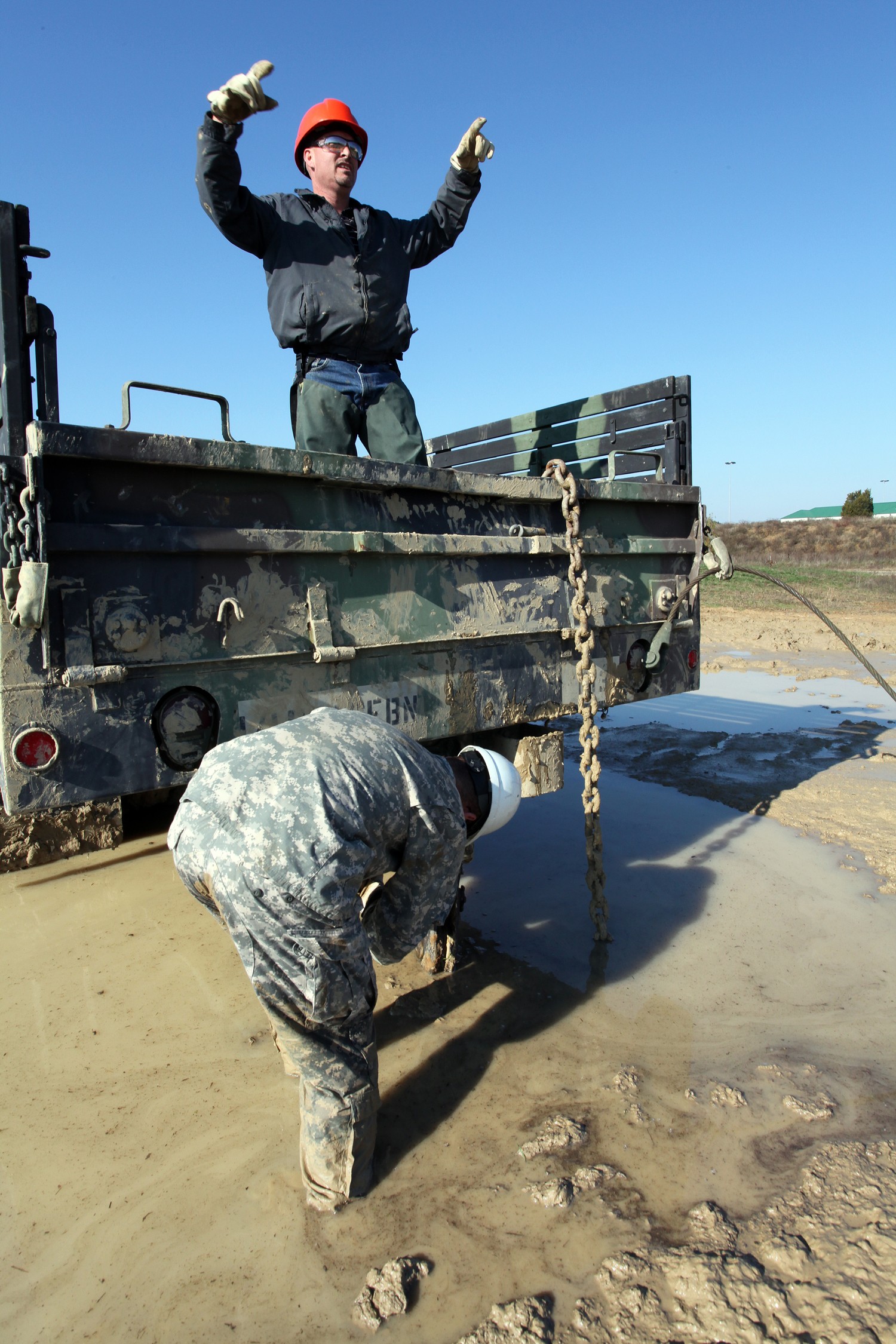

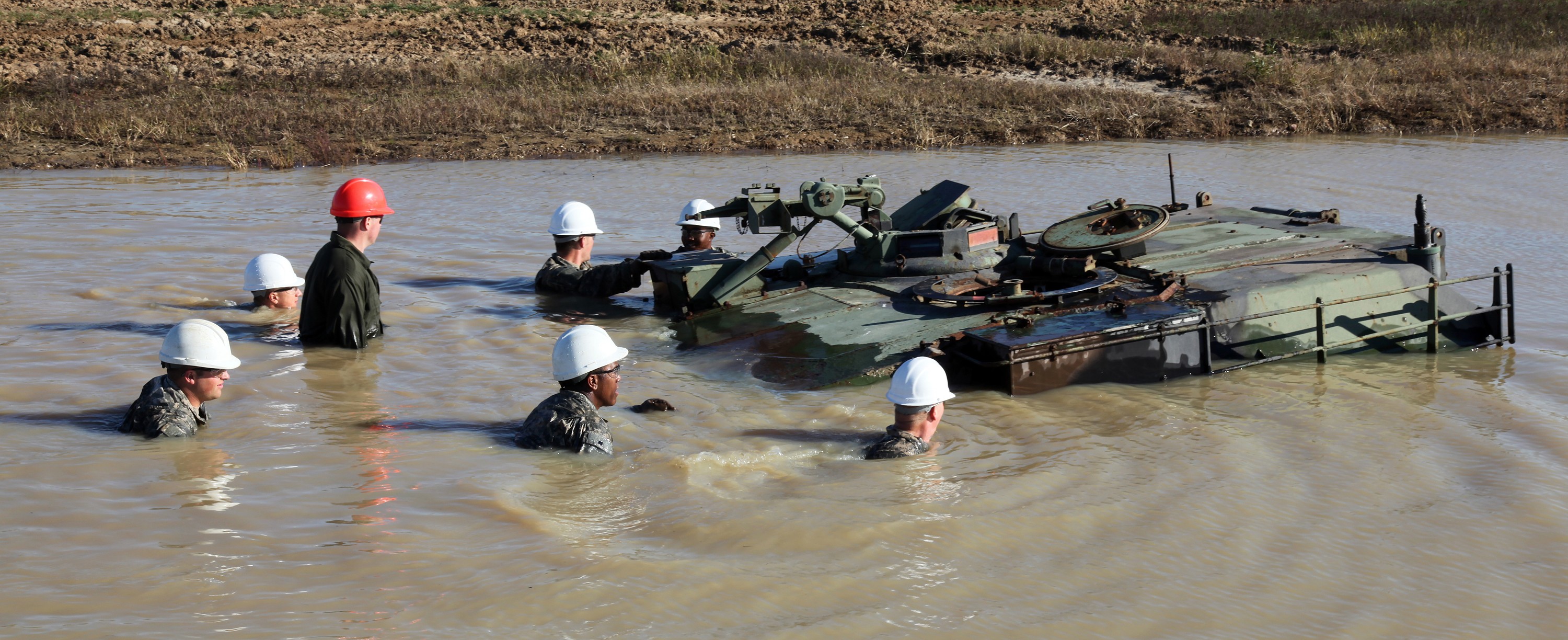

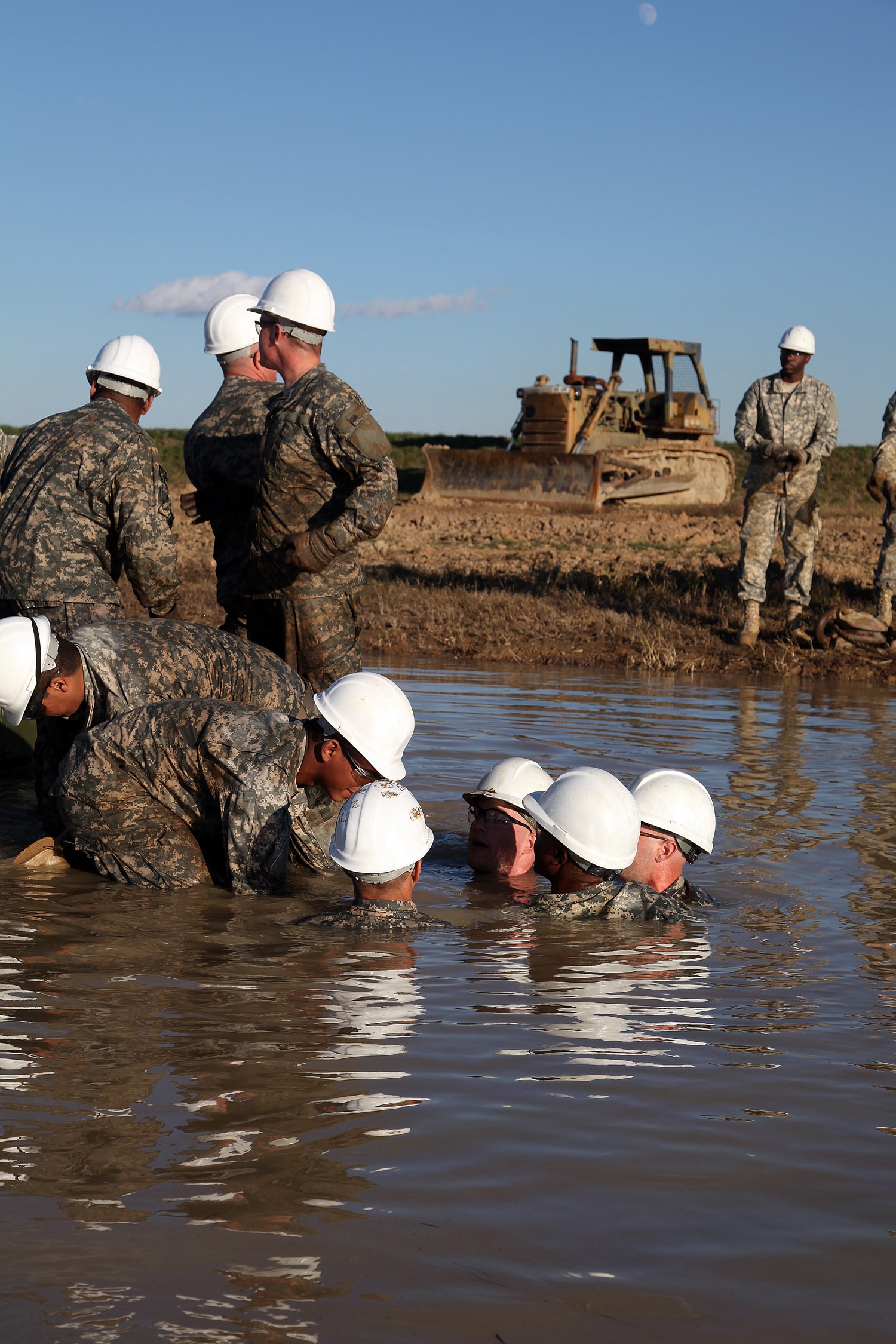
Social Sharing